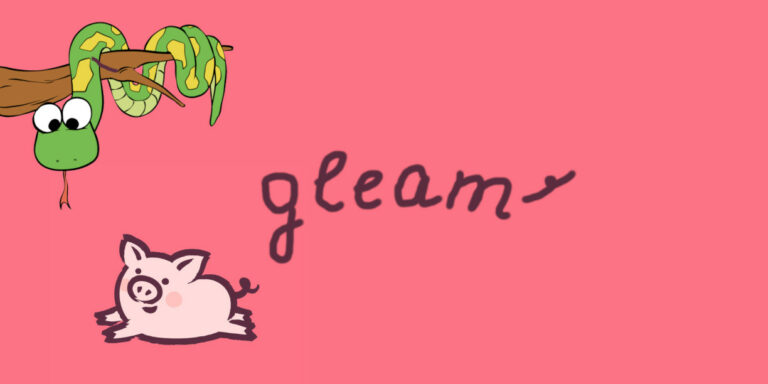Remake about management fights
The concept of “remake” has firmly entered our everyday life. I'll be on trend and say that the most famous remake of this month is “Dune”, because the first film is from 1984.
But let’s not shy away from the question, the article is called a remake, because in 2014 there was already an article about managerial fights – https://habr.com/ru/companies/yandex/articles/219013/.
10 years have passed, and I think it's possible to “make a remake.”
So, technologies and approaches have not changed in 10 years, namely:
1) The technology for conducting management fights is the technology of Vladimir Konstantinovich Tarasov. You've probably heard about his books: “The Art of Management Struggle”, “Technology of Life: A Book for Heroes”, “Russian Lessons of Japanese Koans” or others. He is also the founder and director of the Tallinn school of managers.
2) The Federation of Management Struggle (FUB) operates in Russia. Based on the fact that it is better to see once than to hear a hundred times – visit the website https://poedinki.ru/. On this site you will find information on tournaments, players, clubs and branches, training and much more. FUB is constantly developing and introducing modern technologies and processes into its activities (even the FUB website has a separate product owner, and all players have FUB_ID). For example. On March 23-24, the most interesting tournament “Challenge Cup” will take place. “Challenge Cup” is a common name for sports and intellectual competitions, when lower-ranked players challenge stronger players.
3) There was, is and will be a sports component of management matches. As you achieve, you are assigned categories (3, 2, 1), the titles of candidates and masters of sports.
A little about what the fights are, and then to the main question “why”.
There are two types of fights.
The first type is a quick management duel (aka BUB, aka express). This fight is held standing, one on one, and is a short situation with an introductory sentence. The duel begins with the reading of this introductory sentence by the first player, the answer (aka “beat”) of the second player, and then the development of the conflict itself. Just a minute, then the players change. Example:
Oleg and Sergey are business partners. Their relationship has been strained lately.
Oleg writes a letter to Sergei discussing work issues. At the next meeting,
At a planning meeting in the office, Oleg is interested in Sergei’s opinion on the substance of the letter. For what
receives an ambiguous answer from Sergei:
– It's a shame to make so many mistakes…
After two minutes of pure time, the magnificent five judges decide which player they would send to negotiations.
The second type is a classic management duel (aka CUBE).
Differences from BUB (but now you know what it is):
1) The situation is much more complicated, with variability in roles.
2) There are 9 judges and they are divided into panels of 3 people.
3) Net time 5 minutes for each player.
4) The players have their “colleagues” – seconds who can take a time out and declare protests.
There are already many nuances here. I think it is important to discuss the composition of the boards.
Three judges are “hired for work”, three judges are “sent for negotiations”, three judges are “trusting property”. If you think about it, it’s like at work, what role do you occupy? If you are shy, pleasant, and do not refuse bonuses to managers, then most likely 3 votes of those “hired” for the job are yours, but the “owners” will not be so pleased with you.
Example situation:
Head of department and his subordinate Specialist for a long time they could not “work together.” At the same time, the position of head of the department in which the Specialist worked was vacant. Misunderstandings often arose between them, quarrels broke out, and the head of the department often started shouting.
As a result, the Head of the Department gave the Specialist an ultimatum: “either you resign of your own free will, or they will remove you from the company, but you will not work here.” The specialist began looking for a new job and soon received an offer from a new employer. At this time, the department in which the Specialist worked for protection General Director The company hired a new department head.
The specialist turned to the head of the department with a letter of resignation. The head of the department was categorically against the departure of a valuable, competent employee, but, knowing about the difficult relationship between the Employee and the Head of the Department, he turned to the General Director for help. The General Director assured the Employee that if he stayed, he would receive all instructions only from the Head of the Department, and the possible negative influence of the Head of the Department would be “minimized.”
The employee remained working in the department. Several more months passed. The head of the department was promoted, the position of the head of the department became vacant again. The buffer between the Employee and the Head of the Department disappeared, and the problems of their relationship worsened again.
Roles and interests:
Specialist — defend the opportunity to independently make decisions on work issues, rely on the assistance of the General Director in resolving possible conflicts with the Head of the department.
Head of department – to survive the rebellious Specialist, or, in any case, to put him under your complete control, to achieve controllability.
CEO — resolve conflicts between employees, maintain team control, and define clear rules for teamwork for subordinates.
What has changed in 10 years in tournaments? That's right, they also switched to an online format. As with any other issue, and this is the law of the universe, there are pros and cons. But the fact remains that now it is possible to take part in a large number of tournaments with less financial investment. The same goes for training in various clubs. Let me remind you that you can find out about them either from me or on the FUB website.
And finally, “why”?
If we talk about the “essential” part, then management fights can be considered as a simulator, let’s call it managerial makiwara.
You have a chance to adjust the principles of your communication, convey information, remove from your tools those things that catch your eye and lead nowhere. How? through feedback from judges, partners, coaches.
Whether you like it or not, you will have to hear a lot of theory: book recommendations, professional terms from various fields, your standard actions through the prism of established concepts, terms such as “approaching a deer”, “hitting empty” will become familiar to you, etc. d.
And finally, the “party”. Any subculture is about communication, broadening your horizons, entering areas you have never been to before and didn’t even know about. There are a lot of interesting and wonderful people in the management fights.
And instead of ending, I only have a call: be open to everything new, study the site, videos of fights, and if it evokes sympathy and response, come to training.
P.S. We recently held a trial match using Tarasov’s technology among the finalists of the “Leaders of Russia” competition, but that’s a completely different story 🙂





